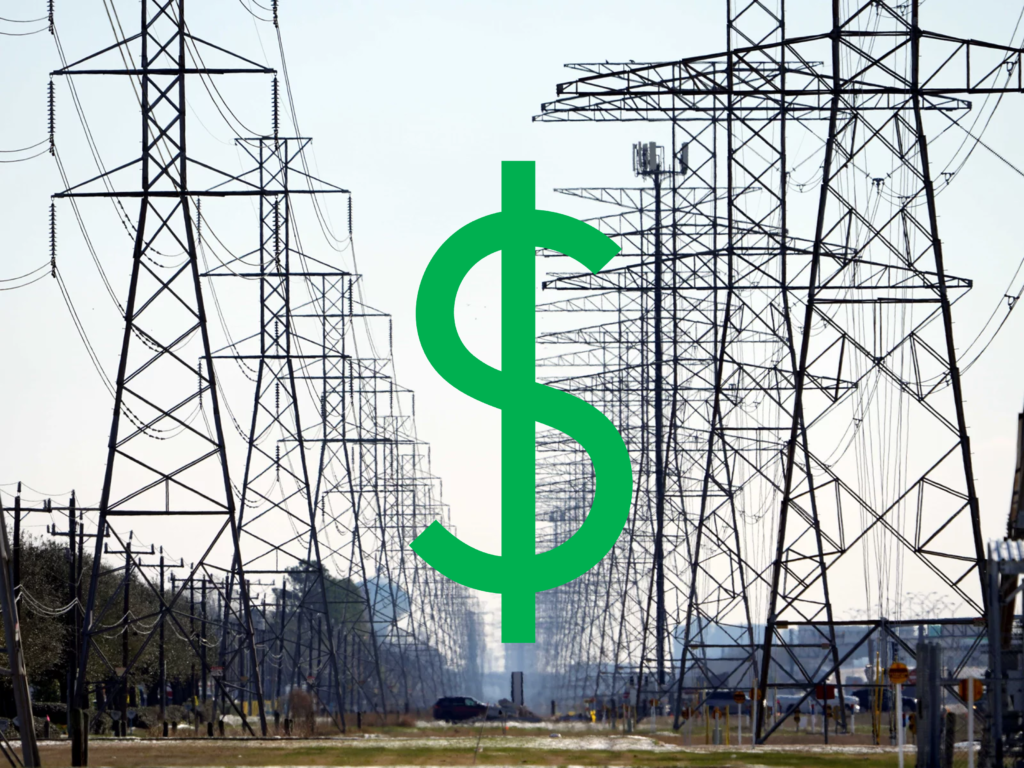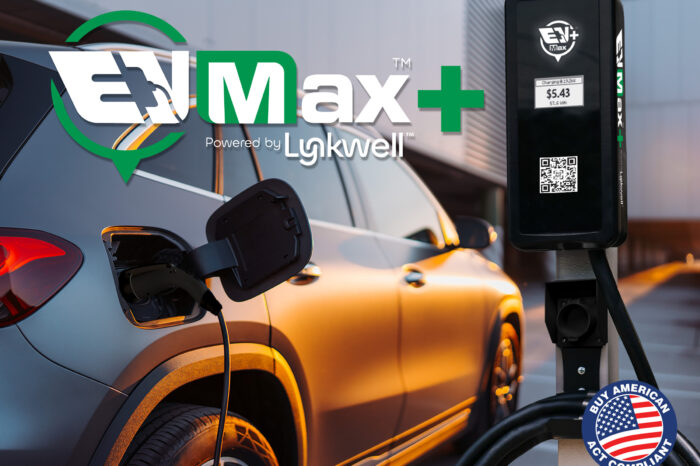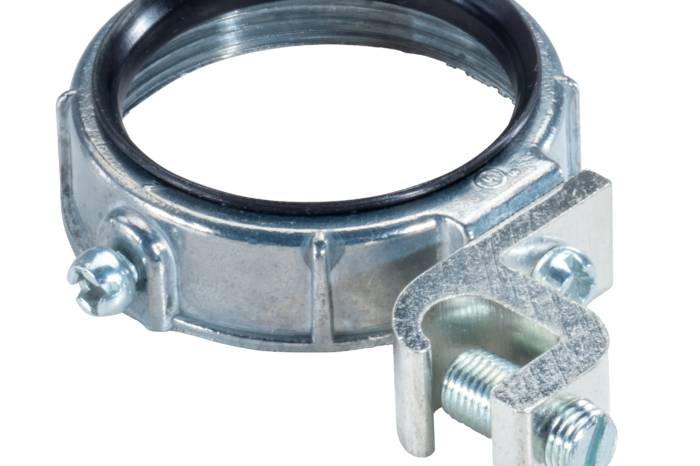Infrastructure – The Revenue Opportunity is Coming

Infrastructure plans have been talked about for years by politicians but it appears that one could be on the horizon given recent Washington discussions. The final number, and elements, are still to be finalized, but it appears that the “budget” number for a physical infrastructure program will be $1-1.2 trillion dollars. Yes, that is with a T.
And according to some economists, the economic multiplier of this should be around 50%. The “output multiplier of 1.5 means that each $100 billion in infrastructure spending would boost GDP by $150 billion”. So, since it’s $1.2 trillion, expect total economic contribution to GDP over 8 years to be $1.8 TRILLION. Seventy-five percent of this is expected within the first five years.
The “new” spending (not counting the output multiplier) is reported to be $579 billion allocated to:
- $312 billion to transportation
- $266 billion to power infrastructure, broadband, water, and environmental remediation
- $66 billion to passenger and freight rail
- $49 billion to public transit.
And this does not include funds that were allocated in other COVID programs that can be spent over the next 4-5 years for various facilities.
So, lots of money will be floated into the economy (and yes, reportedly many jobs … if the people can be found.)
Remember, for every public infrastructure projects there is material needed for it … so there is electrical involved in every project. Maybe not on the government funded element, but the provider of those services or the equipment needed for it. And how many buildings are “public” (i.e., schools). The electrical industry will benefit.
What does it mean for the electrical industry? Much. And in the coming months we’ll see if we can quantify the potential material dollars that could benefit the industry, however, if you want your unfair share of the benefit, the time to start planning is now.
Getting Prepared for Infrastructure Spending
This recent article in SNIPS titled “How Contractors Can Make the Most of the American Jobs Plan” is an excellent overview of how to get started. It’s not only contractors who can benefit. This is a significant distributor opportunity for those who proactively market themselves and align their sales organization (and maybe customers) with knowledge.
We have bolded and italicized some especially pertinent areas.
“After a lengthy bout of political back-and-forth, President Joe Biden’s massive infrastructure proposal – the American Jobs Plan – is beginning to take shape. Last month, the president and centrist senators reached a bi-partisan agreement on the bill’s framework, which proposes $1.2 trillion to repair, replace and rebuild America’s crumbling infrastructure.
In many categories, the bill as proposed would be the largest infrastructure investment in U.S. history. Structured to use infrastructure as a way to put jobs into the hands of American families, the bill will create a flood of contracts for essential work and create jobs for communities in every corner of the nation.
Last month’s agreement was a big step for the bill, but much discussion and debate remain before Biden puts pen to paper. In the meantime, government suppliers would be wise to arm themselves with knowledge of the bill – what it will do, what it means for them, and how they can successfully seize on the myriad opportunities it will present.
This is an opportunity unlike anything most contractors alive today have ever seen, and they should treat it as such. If they haven’t already, now is the time to start thinking about doing business with public sector agencies that will gain enormous spending power as funds trickle down from the federal government to state, county and local organizations.
A Flood of Dollars
Though the bill has been cut significantly from its original proposal, it still stands to create a torrent of funding that will flow through government agencies of all sizes, granting capital for roads, bridges, water systems, weatherproofing, power grids, and many other projects. Some highlights of the bill’s allocations include:
- $109 billion for roads and bridges
- $66 billion for railways
- $49 billion for public transportation
- $25 billion for airports
- $73 billion for power grids
- $65 billion for broadband
Compared to the 2009 American Recovery and Reinvestment Act, the American Jobs Plan puts much less emphasis on “shovel-ready projects” designed to get people back to work as quickly as possible. The economic situation in 2009 was dire, with an unemployment rate that had held above 8 percent for 40 months. There wasn’t time to look to the future; the economy had to be stabilized immediately. As a result of these rapidly deployed projects, bridges that were structurally deficient had to settle with having potholes filled and receiving a fresh coat of paint.
By contrast, the American Jobs Plan emphasizes rebuilding rather than repairing, creating much richer, deeper projects and, consequently, many more jobs.
Most of this work will be done in rural, small and mid-sized communities. These smaller villages, towns, and cities have always hungered to make their communities more vibrant, but simply don’t have the same tax revenue as more populated areas. As a result, their infrastructure is the most in need of support.
The American Jobs Plan will filter and funnel funds into these communities, creating a flow of resources for much-needed work.
How Businesses Can Prepare
To give an idea of the scale of the $1.2 trillion being proposed by this bill, consider this: it’s estimated that the federal reserve currently has $2.1 trillion in circulation around the globe. Imagine more than half of the American currency currently in existence all being poured into infrastructure.
Certainly, this isn’t an opportunity any business wants to miss out on, but how can they best prepare for this coming flood of work? In the time it’s going to take for the bill to be finalized, there are several steps that contractors can take to be ready for the infrastructure boom:
1) Have a go-to-market plan for the government.
Many business owners don’t think of the government as a customer, even though they may profit greatly from doing so. Consider the explosive growth of Zoom, which was able to establish itself as an essential crutch for governments nationwide during the sudden shift to remote work during the COVID-19 pandemic.
As infrastructure projects roll out, government agencies will be looking to advance their IT security, install charging stations and solar panels and much more. Opportunities will bloom for nearly every industry due to the amount of work required and its connection to infrastructure.
Just imagine a project to rebuild a local school – likely a very common project once the bill passes, seeing as most of the nation’s schools were built in the 1940s and 1950s. To rebuild one school, the local school district would need to hire an architect to design it, an engineer to spec it and a construction company to build it. But that’s not all – the completion of an updated school would also require the following:
- Copper, wire, pipes, steel and other essential construction components
- Solar panels
- Charging stations
- Modular furniture
- Smartboards, computers, projectors and other technology
- Overnight security during construction
- A construction clean-up crew
All of these and so many more details will require the support of different companies to make the project possible. Infrastructure goes beyond roads and bridges – capitalizing on this bill will mean figuring out how you can fit into the equation.
2) Start thinking nationally.
Once the American Jobs Plan is enacted, procurement opportunities will appear in local communities that may have never been seen before. This will mean a bevy of opportunities for local residents, of course, but governments will likely need to go beyond the local supplier community for certain jobs.
Say a small city wants to outfit City Hall with solar panels, add charging stations at the local schools and community centers or construct a new building with smog-eating concrete. For these specialized tasks, a placement in the local newspaper may not cut it for outreach.
Government agencies will be looking for contractors on a national level, so savvy suppliers should make themselves visible on that stage however possible and be ready to meet their demands.
3) Enhance reach and visibility with technology.
As technology continues to improve, we’ve embraced it to streamline many aspects of our lives. We use it for shopping, communicating, booking flights, house-hunting and – lately – grabbing lunch. Every step of every process of even remote importance to us has an automatic email alert attached to it.
To successfully meet this moment, businesses should start thinking about how technology can similarly streamline their work with the government.
Finding relevant bids outside of one’s local region can be challenging under normal conditions, as governments are typically very fragmented, even within the same state. There are tools that can help, however, including many online services that can improve the bidding process for contractors. These services offer alerts whenever a government agency puts out an RFP or a bid for a relevant job anywhere in the nation – ultimately proving far easier than checking the city website or the newspaper every day.
Businesses that have already started working with the government but want to do more – or win more – would also be wise to check on its bid history. If a library needs copiers, a copier supplier might want to check what they paid in the past to ensure they’re in the right ballpark. Another way to secure more wins would be to check winning contracts that have been published by governments and consider using it as a starting point for a winning template.
Taking all these steps – whether locally or nationally – used to be a stumbling block for even the best suppliers, but constant growth in technology has taken the sting out of extending reach and improving visibility to governments.
A whirlwind of infrastructure opportunities is fast approaching, and the businesses that start using every tool they can to prepare now will be best positioned to walk away from this boom with major boosts to both their status and bottom line.”
Aside from the recent COVID stimulus packages and a tax cut, this will be the largest government investment in the economy in years. For distributors who seize the moment, it can represent significant upsize (or at least a nice incremental revenue lift.)
Why should only the big distributors win? How can marketing groups help their members? How can associations be a resource?
Need some ideas on how to position yourself or how to integrate this into your 2022-2024 planning? Give us a call.























